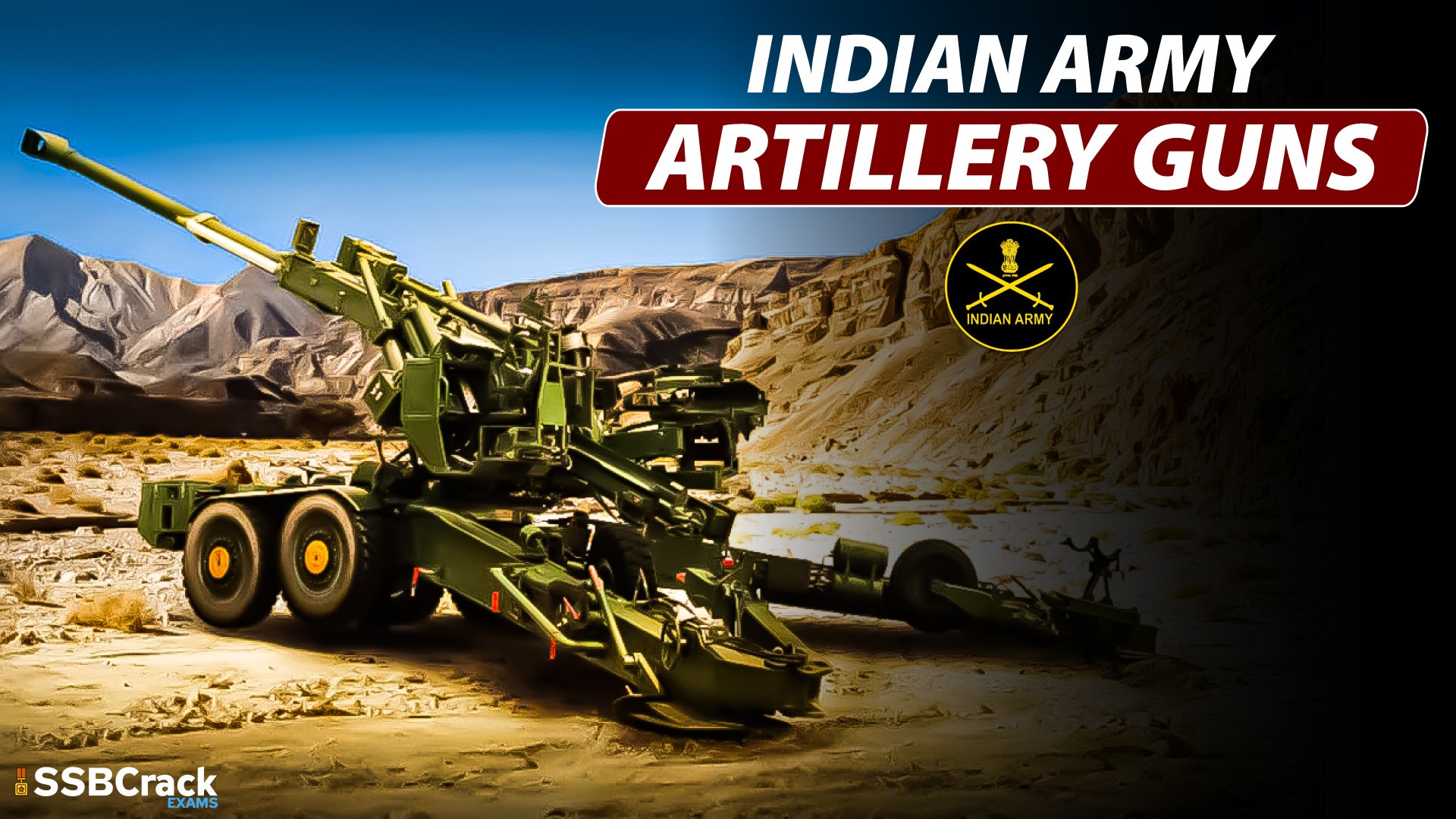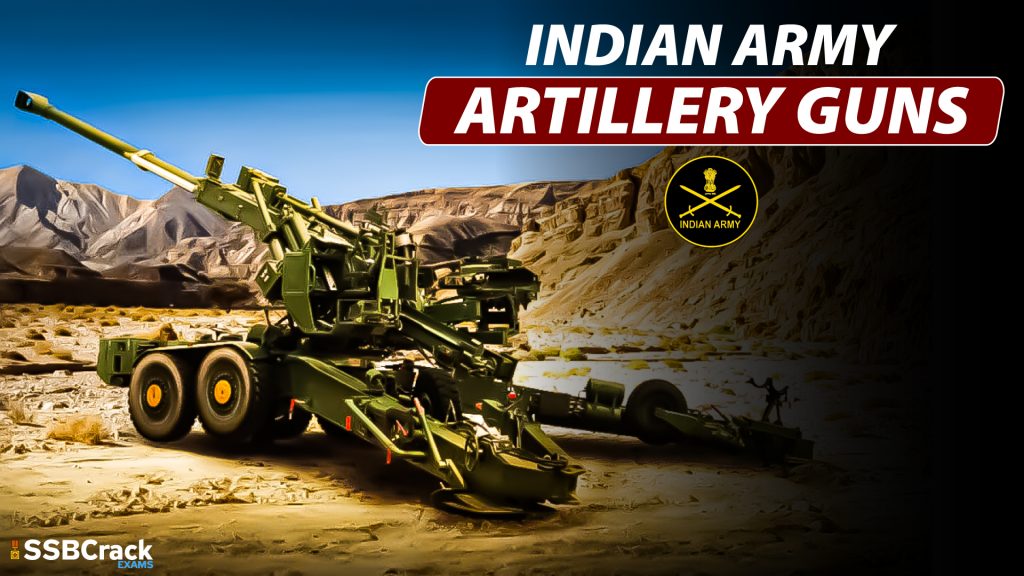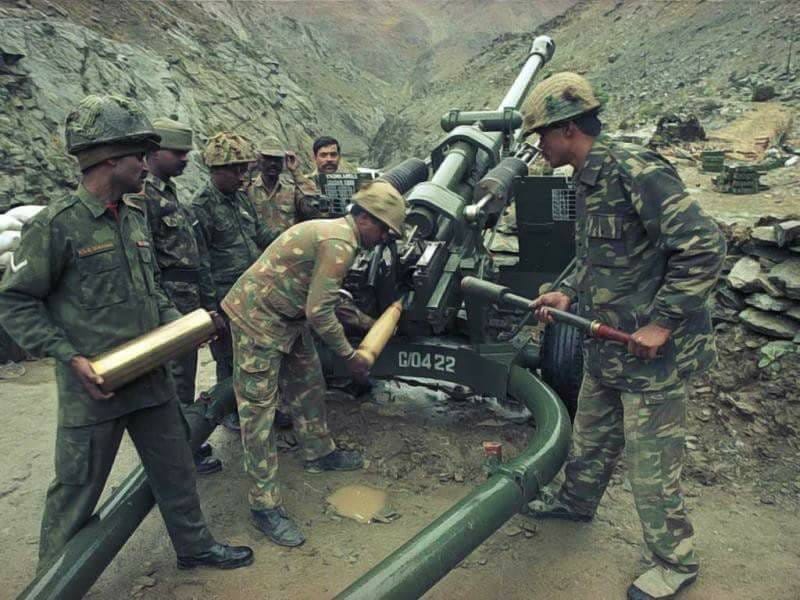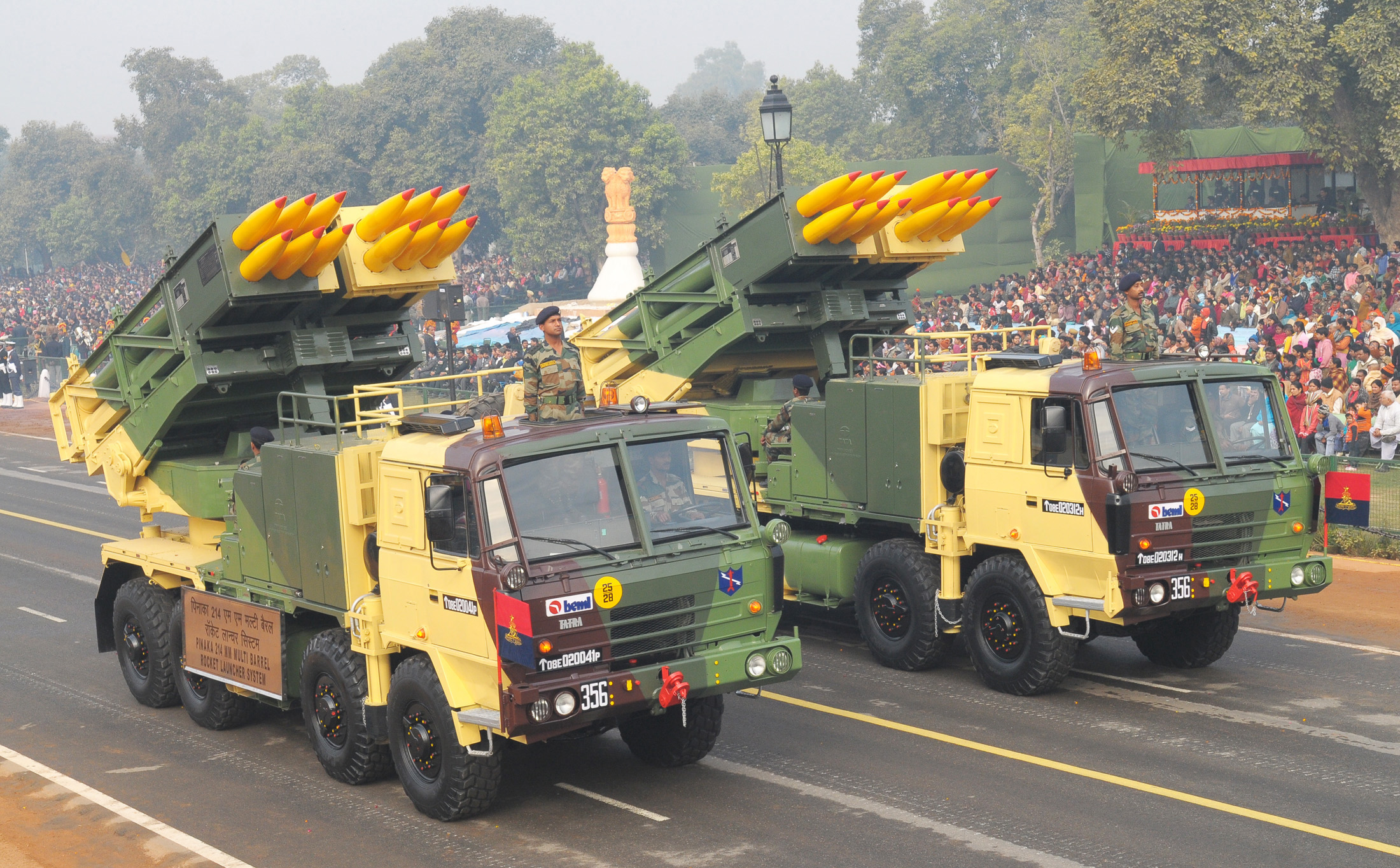Artillery refers to the large guns employed by armies, such as cannons and howitzers. These firearms are used to shoot targets from a long distance. Artillery is frequently employed to prevent enemy forces from entering an area, to bombard enemy positions and buildings, and to reinforce friendly side. The term “artillery” refers to a variety of weapons.
It is possible that they will fire shells or missiles. Newer systems can even deploy mines across a large region, in an effort to stop enemies. Artillery is used in anti-aircraft warfare to combat planes and other aircraft. The Indian army uses modern artillery equipment for various operations and the Regiment of Artillery has been part of a number of successful military campaigns. In this article we’ll look at 5 types of artillery guns used by the Indian Army:
Light Artillery/Mortars
A mortar is a type of artillery that launches explosive shells. The shells are called bombs/mortar bombs. Because mortars do not have a large range, they are used to hit targets that are near to them.
120 mm E1 Light Mortar: 120 mm HE mortar bullets typically weigh between 1,270g and 4,200g and have a maximum range of 7,200 to 9,500 metres. Mortars with a calibre of 120 mm are by far the most prevalent heavy mortars in use across the world. There are both smoothbore and rifled 120 mm mortars in use.The mortar is used for infantry support to destroy enemy personnel and enemy fire positions, open paths, demolish enemy targets, destroy infrastructure, illuminate the battlefield, and create smoke screens.
Field Artillery
105 mm Light Field Gun: The 105 mm Indian Field Gun (IFG) was designed and turned over for manufacturing to the Gun Development Team at Jabalpur.
122 mm D-30 Howitzer: The D-30 is a Soviet-made towed howitzer. It was created in the late 1950s to replace the earlier M-30, which had served in World War II. Even though it employs the same ammo as the M-30, the D-30 is a far more capable design with significantly greater performance. The D-30 is the most widely deployed piece of artillery in the world. It was mass-produced in vast numbers and has been licenced in other countries.
Medium Artillery
130 mm M-46 Field Gun : The M-46 is a Soviet field gun that was designed in the 1940s and initially deployed in the early 1950s. It was given the interim name “M1954” when it was first sighted by the West, in honour of the year it was originally recognised by NATO. The Indian army modified this to produce Sharang Artillery Gun,
Haubits FH77: It’s a 155mm self-propelled howitzer made in Karlskoga, Sweden, by Bofors. It is self-contained and capable of supporting both classic combat and current international peacekeeping and peace enforcement operations.
Note: A howitzer is a type of artillery used by armies. It is used to fire a shell over a short distance and has a short barrel. A howitzer’s barrel length is 15 to 25 times the calibre. Howitzers are unique in that they can shoot at a higher altitude than a cannon yet at a lower altitude than a mortar.
Dhanush: Dhanush is a 155 mm 45-calibre towed artillery cannon with a 36-kilometer range and a range of 38 kilometres with specially designed ammunition. It replaces the old 155m Bofors FH 77 cannon. Dhanush received the nod for use in 2019.
M777 howitzer: Regardless of terrain or impediments, the M777 can hit over long distances. The system is highly portable by land, sea, and air, with a small logistical footprint and high dependability. This means it can be transported and re-deployed regularly, enhancing survivability while avoiding the IED concerns that self-propelled devices confront.
DRDO Advanced Towed Artillery Gun System: A 155mm, 52 calibre towed artillery cannon in mission developed by DRDO, in collaboration with Tata Power SED and Bharat Forge. It was first shown in public on January 26, 2017, at the 68th Republic Day parade.
Self-Propelled Artillery
FV433 Abbot SPG: The FV433 Field Artillery, Self-Propelled “Abbot” is a self-propelled artillery derivative of the British Army’s FV430 series of tanks, with a fully rotatable tower at the back with the 105 mm gun. K9 Vajra, a variant of K9 thunder has now replaced these in the Indian army.
K9 Thunder/K9 Vajra: The K9 Thunder is a 155mm/52 calibre self-propelled howitzer built for the Republic of Korea Armed Forces by Hanwha Techwin, formerly known as Samsung Techwin. In all types of theatres, the howitzer is designed to offer effective and deep fire support. The K9 has a fast rate of fire at a long range and is built on a high mobility chassis. K9 Vajra is the variant tweaked for desert and high temperature conditions, with a number of Indian components.
Rocket Artillery
BM-21-Grad: It is a 122mm 40-tube multiple launch rocket system with a maximum range of up to 20 kilometres, was first deployed by the Russian Army in 1963. It is a well-known Soviet weapon system that is still in use today.
Pinaka multi-barrel rocket launcher: Pinaka is an Indian Army multi barrel rocket launch (MBRL) unit. Pinaka, developed by the Defence Research and Development Organisation (DRDO), combines cutting-edge technology with exceptional combat capability. The Ordnance Factory at Chanda, Maharashtra, produces 1,000 Pinaka rockets each year on average. The Ministry of Defence enhanced the rocket’s output by starting manufacture at the Badmal Ordnance Factory in Orissa.Pinaka was made to replace the Indian Army’s BM-21 Grad multiple rocket launcher weapons. The improved Pinaka rocket was successfully flight tested by DRDO in November 2020 from the Integrated Test Range, Chandipur, off the coast of Odisha. When compared to the older design with a shorter length, the improved variant provides better long-range performance.
BM 30-Smerch: It is the Russian-made heavy multiple rocket launcher. The Russian company Splav State Research and Production Association, based in Tula, Russia, created and built the BM-30, as well as the Uragan, Grad, and Prima rocket launchers. In 1983, the BM-30 Smerch 9A52 was first sighted and in 1987, it was inducted into the Russian army. The BM-30 Smerch 9K58 is meant to defend against tactical missile systems, army aircraft at staging airstrips, rocket, artillery, and mortar battalions and batteries, command posts, and personnel concentration locations.
Also Read:
- All About K9 Vajra Howitzers
- Know The Difference Between Cavalry, Artillery And Infantry
- Why Indian Army’s Regiment Of Artillery Is Called The Gods Of War
- Top 10 Tanks Used By The Indian Army
- Top 11 Modern Self Propelled Artillery Guns
Want To Join the Indian Armed Forces and Prepare For The NDA CDS AFCAT Exam in 2023?
- Take the best NDA Exam 2023 Online Course by SSBCrackExams.
- Take the best CDS Exam 2023 Online Coaching by SSBCrackExams.
- Take the best AFCAT Exam 2023 Online Course by SSBCrackExams.
- Join Daily Live Classes for SSB Interview Online Course [Must Enroll]
- Download the SSBCrack Exams app for all defence exam preparation.

























